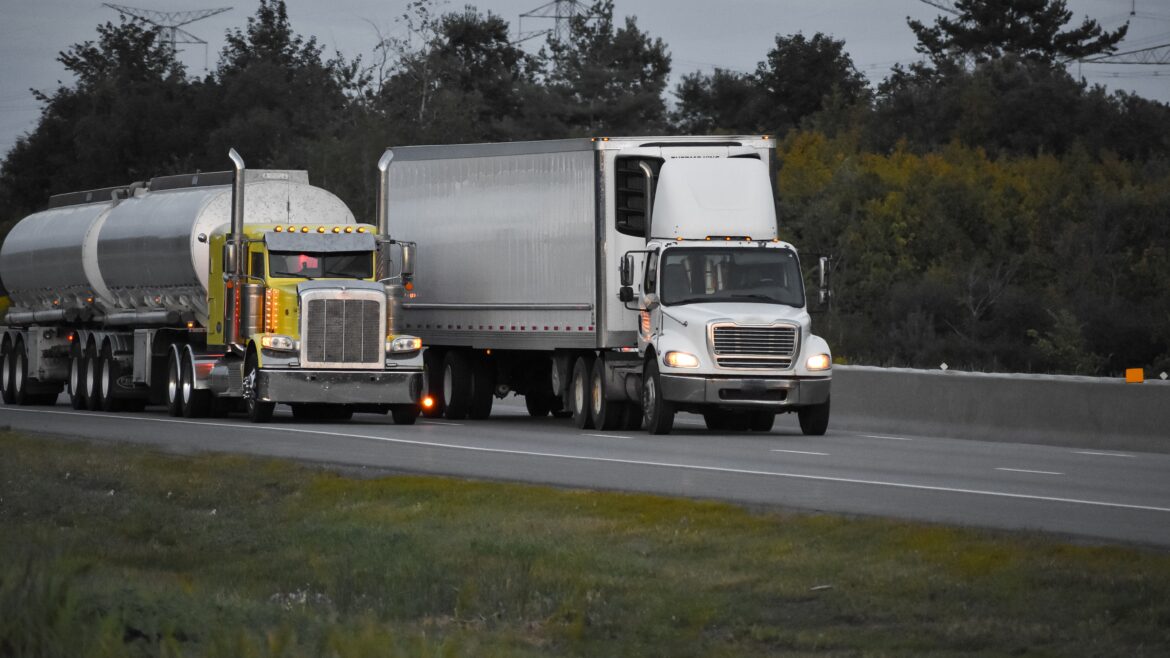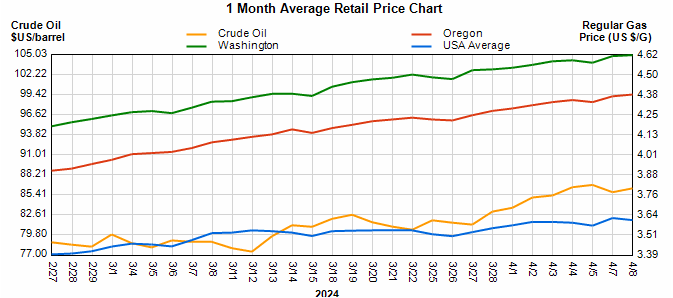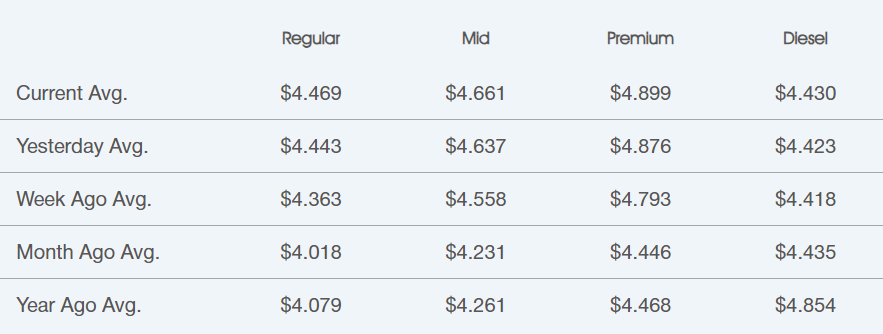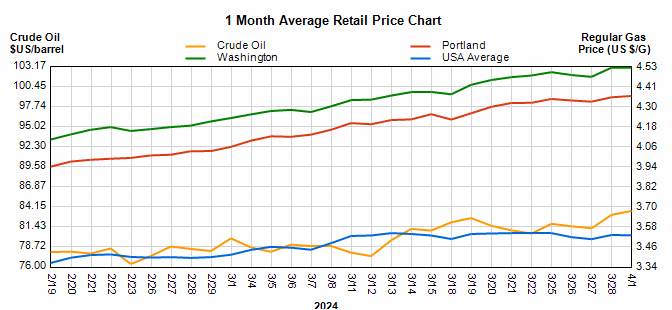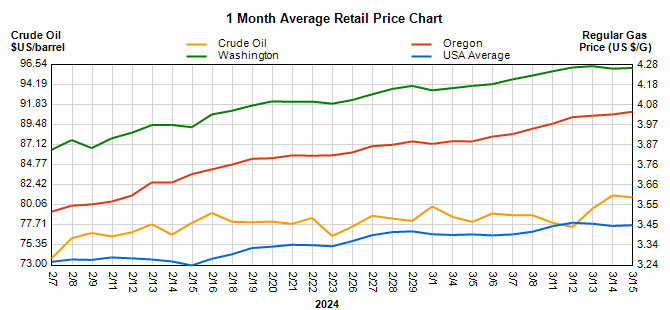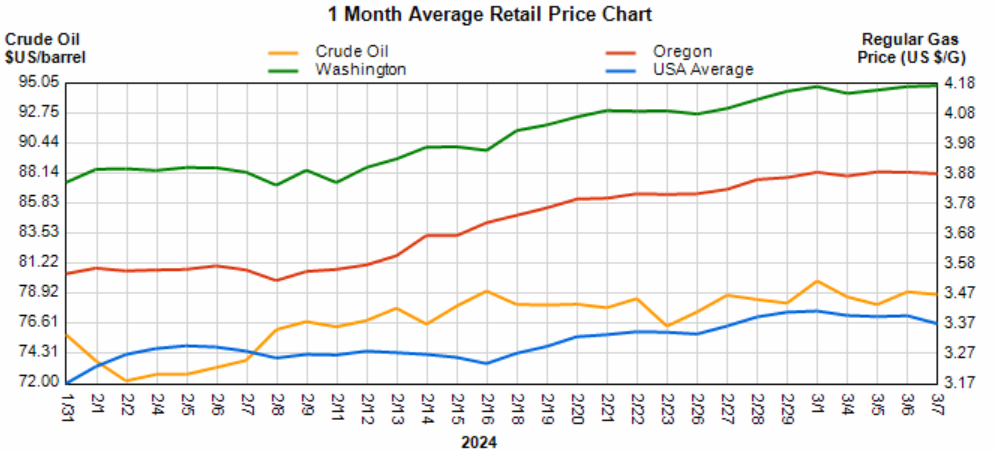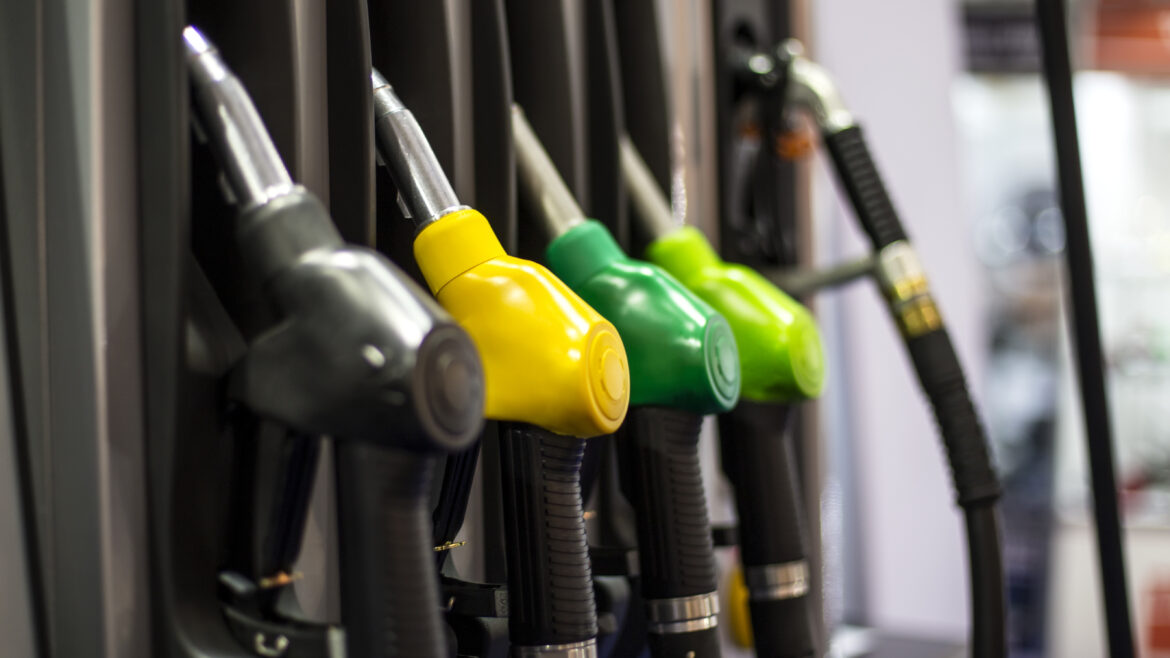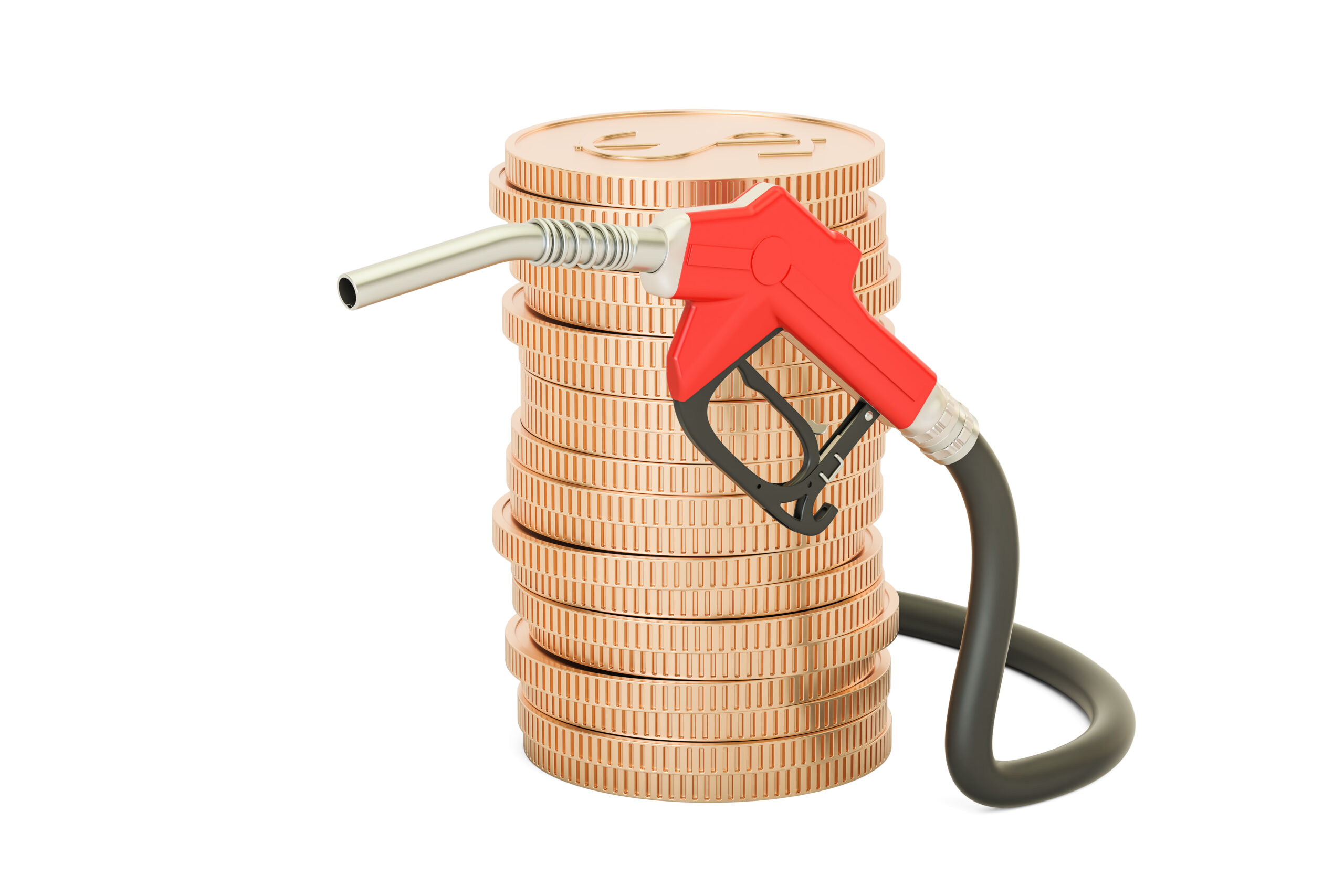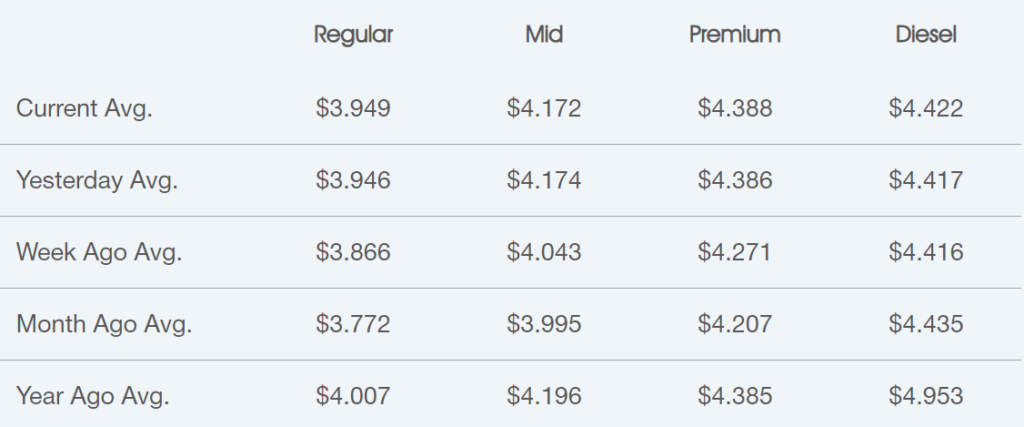Fuel Market Report: April 7th, 2024 – April 13th, 2024
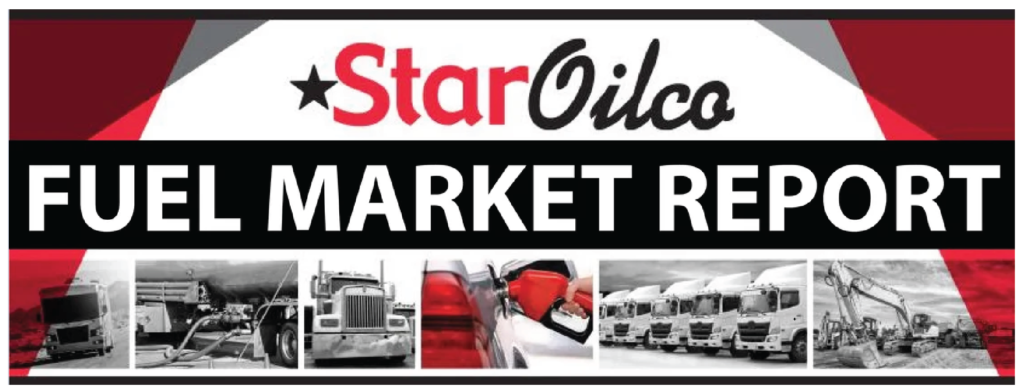
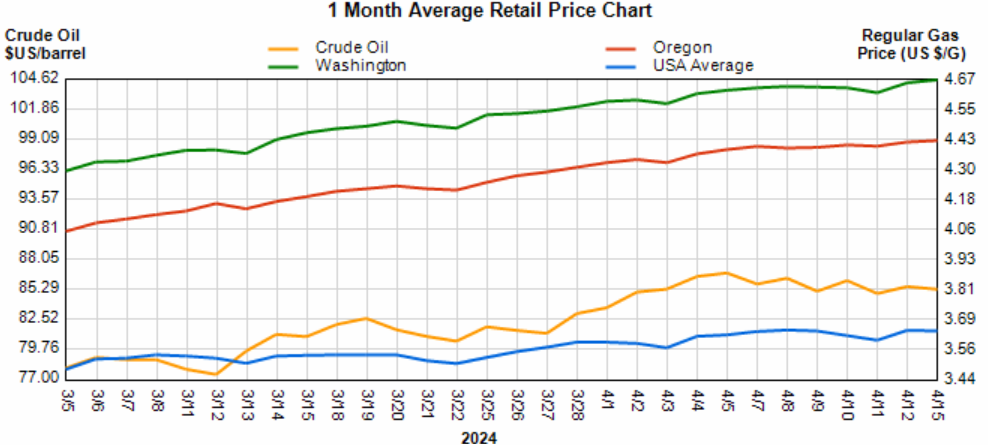



Oregon Fuel Price Variance
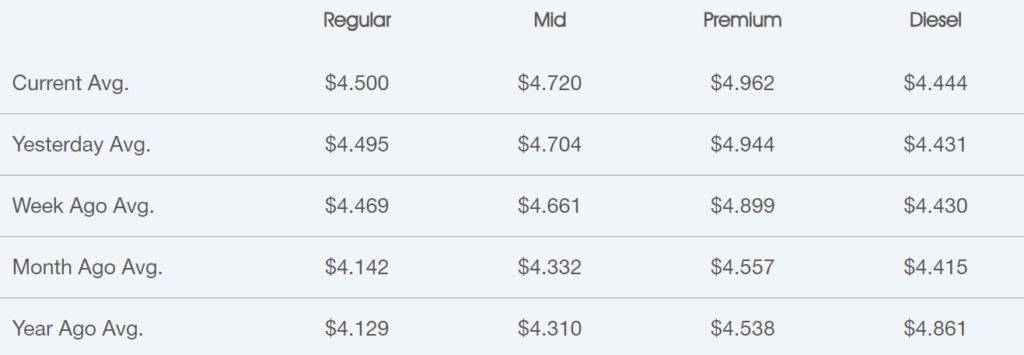
Fuel Market News
The second week of April brought small variances to the retail market as the wholesale market closed with the same rack averages as it opened at last week. In Oregon, the retail market bumped up $0.04 for gasoline and $0.02 for diesel. The national average for gasoline also increased by $0.04 while diesel went up by only $0.03. Compared to the first week of April, this past week was much less extreme in terms of price variance, as most products on the market did not vary by more than $0.05.
Reasons For Higher Prices:
- Oil Prices Over $80, currently $85.59/barrel
- Summer Blend Of Fuel
- Increasing Demand For Gas
Crude oil is trading above $80 for the fourth straight week at a current price of $85.59/barrel. $0.38 higher than last week, as oil prices trended upward, this past week.
Crude oil is the main ingredient for gasoline and diesel. Per AAA, on average about 50% of what you pay at the pump is the price of crude oil, breaking down as 25% refining, 11% distribution & marketing, and 14% taxes—a helpful breakdown for consumers wondering why they are paying the prices that they pay. Crude Oil is trading at $85.59 per barrel compared to $85.21 last week and $89 a year ago.
It’s essential to recognize that fuel prices result from a complex interplay of the factors mentioned above and other factors regionally. Additionally, prices may vary by specific regions within Oregon and Washington. For the most precise and up-to-date information on fuel prices and the causes for these price changes within your area, use the links below for AAA & GasBuddy.
If you have any questions, feel free to contact Star Oilco and speak to one of our fuel market advisors to discuss how the market can impact your business.


